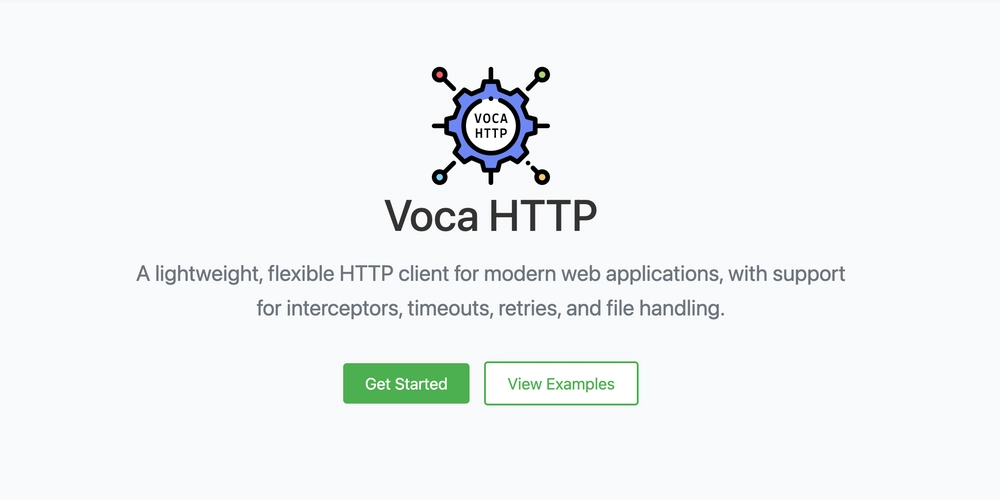Mastering Git Flow: A Developer’s Guide to Branching Strategies
What is Git Flow? Git Flow is a popular branching strategy that helps manage the clean and organized development of applications. It was introduced by Vincent Driessen in 2010 to provide developers with a structured workflow using Git. Git Flow focuses on isolating different types of work (features, releases, hotfixes) to avoid dangerous conflicts and miscodes in applications. Git Flow defines important branches, each with a specific purpose: Main (Master) The main (or master) branch always contains the production-ready version of the application. It must remain stable at all times. Only fully tested and approved code is merged into main, typically from a release or hotfix branch. Release The release branch is used for final testing and debugging before merging into main. It is created from the develop branch when the development of a new version is complete. Only bug fixes or final adjustments are made here. Once testing is complete, this branch is merged into both main and develop. Develop The develop branch acts as the integration branch for features under active development. All new feature branches are created from develop, and once completed, they are merged back into it. It always contains the latest development changes and serves as a base for creating release branches. Features A feature branch is used to develop a single feature, such as authentication or payment integration. Each feature should be isolated in its own branch to keep development focused and avoid conflicts. Once the feature is complete and tested, the branch is merged into develop and then deleted. Hotfix A hotfix branch is created when a critical issue needs to be fixed in production. It is branched off directly from the main, and after the fix, it is merged into both main and develop to ensure consistency. This allows urgent patches to be deployed without waiting for the next release cycle. Why Git Flow? Using Git Flow brings structure and clarity to the development process, helping teams manage features, fixes, and releases more efficiently—reducing errors, improving collaboration, and ensuring a smoother path from development to production.

What is Git Flow?
Git Flow is a popular branching strategy that helps manage the clean and organized development of applications. It was introduced by Vincent Driessen in 2010 to provide developers with a structured workflow using Git. Git Flow focuses on isolating different types of work (features, releases, hotfixes) to avoid dangerous conflicts and miscodes in applications.
Git Flow defines important branches, each with a specific purpose:
Main (Master)
The main (or master) branch always contains the production-ready version
of the application.
It must remain stable at all times. Only fully tested and approved code
is merged into main, typically from a release or hotfix branch.Release
The release branch is used for final testing and debugging before
merging into main.
It is created from the develop branch when the development of a new
version is complete.
Only bug fixes or final adjustments are made here. Once testing is
complete, this branch is merged into both main and develop.Develop
The develop branch acts as the integration branch for features under
active development.
All new feature branches are created from develop, and once completed,
they are merged back into it.
It always contains the latest development changes and serves as a base
for creating release branches.Features
A feature branch is used to develop a single feature, such as
authentication or payment integration.
Each feature should be isolated in its own branch to keep development
focused and avoid conflicts.
Once the feature is complete and tested, the branch is merged into
develop and then deleted.Hotfix
A hotfix branch is created when a critical issue needs to be fixed in
production.
It is branched off directly from the main, and after the fix, it is
merged into both main and develop to ensure consistency.
This allows urgent patches to be deployed without waiting for the next
release cycle.
Why Git Flow?
Using Git Flow brings structure and clarity to the development process, helping teams manage features, fixes, and releases more efficiently—reducing errors, improving collaboration, and ensuring a smoother path from development to production.

































































































































































![[The AI Show Episode 145]: OpenAI Releases o3 and o4-mini, AI Is Causing “Quiet Layoffs,” Executive Order on Youth AI Education & GPT-4o’s Controversial Update](https://www.marketingaiinstitute.com/hubfs/ep%20145%20cover.png)


![[The AI Show Episode 143]: ChatGPT Revenue Surge, New AGI Timelines, Amazon’s AI Agent, Claude for Education, Model Context Protocol & LLMs Pass the Turing Test](https://www.marketingaiinstitute.com/hubfs/ep%20143%20cover.png)













































































































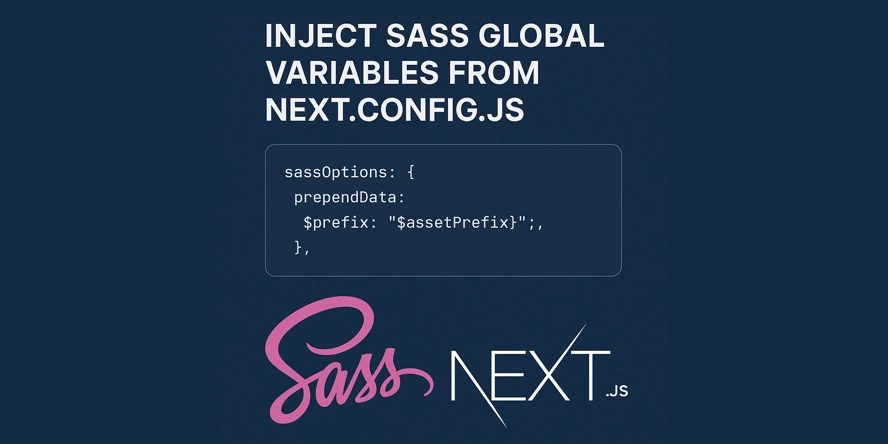

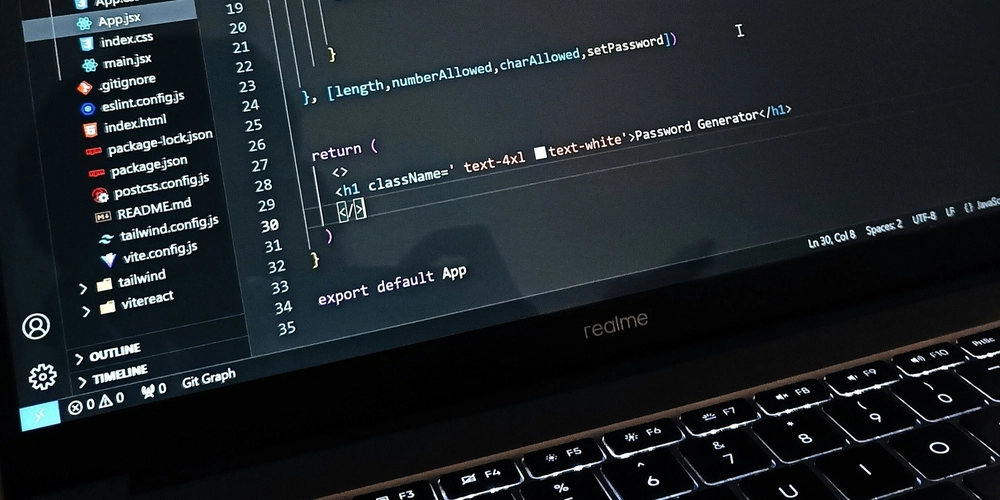
































































































































.png?width=1920&height=1920&fit=bounds&quality=70&format=jpg&auto=webp#)
.png?width=1920&height=1920&fit=bounds&quality=70&format=jpg&auto=webp#)


































































































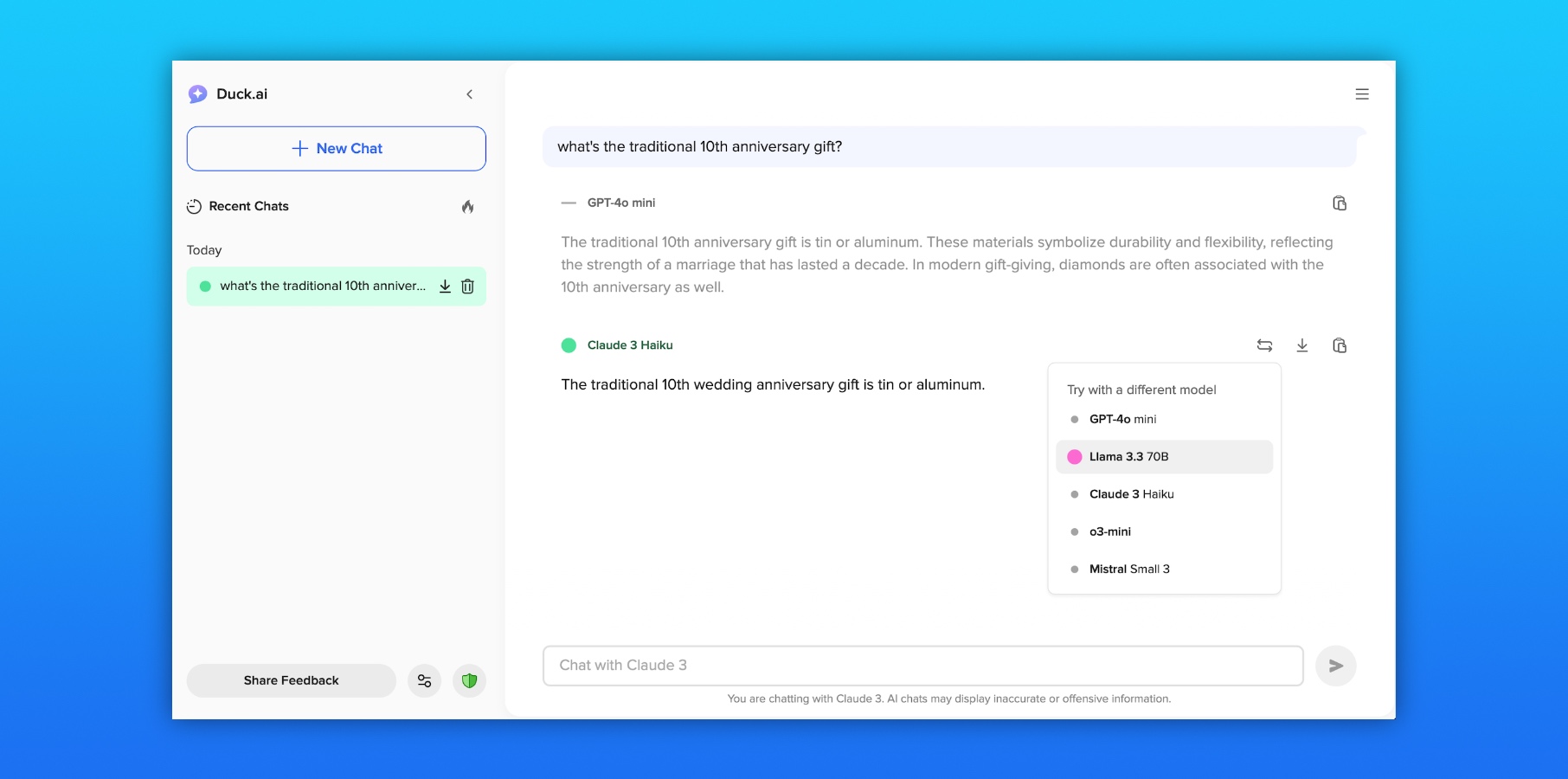




































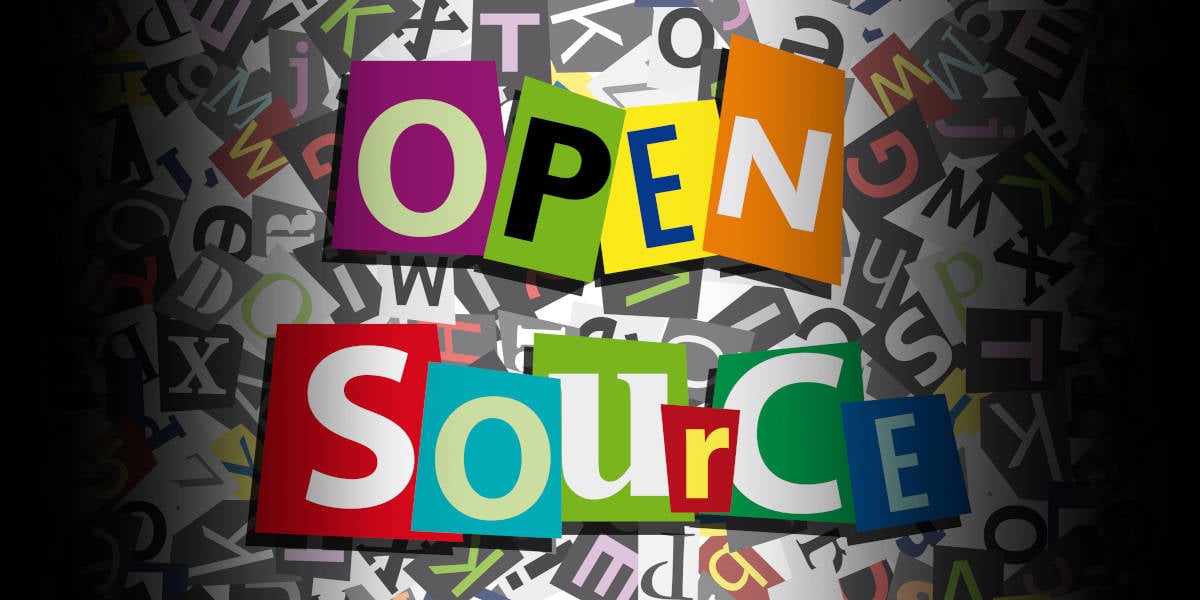

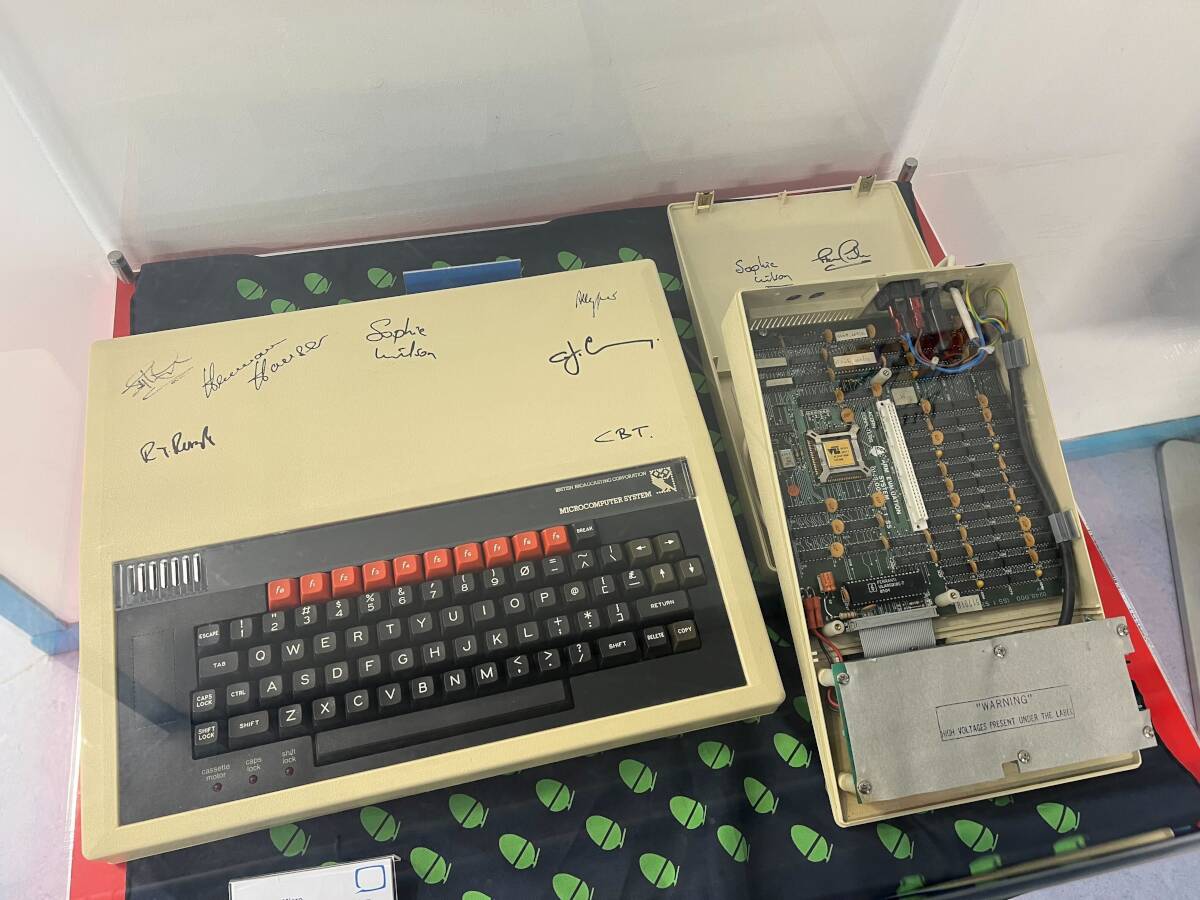

![AirPods Pro 2 With USB-C Back On Sale for Just $169! [Deal]](https://www.iclarified.com/images/news/96315/96315/96315-640.jpg)
![Apple Releases iOS 18.5 Beta 4 and iPadOS 18.5 Beta 4 [Download]](https://www.iclarified.com/images/news/97145/97145/97145-640.jpg)
![Apple Seeds watchOS 11.5 Beta 4 to Developers [Download]](https://www.iclarified.com/images/news/97147/97147/97147-640.jpg)
































































































